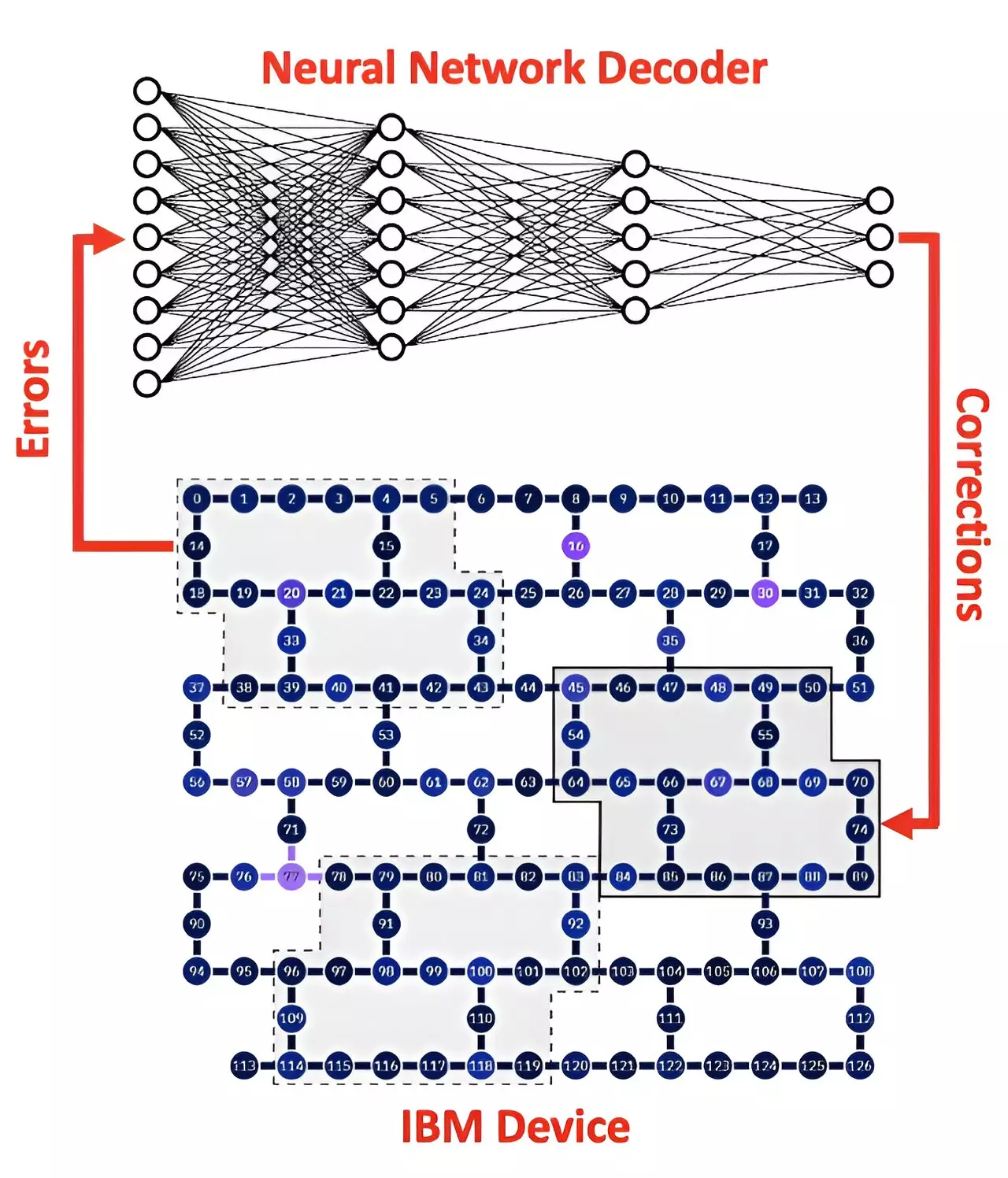Quantum computing holds incredible promise, revolutionizing how we solve complex problems that traditional computers struggle with. By leveraging the laws of quantum mechanics, these machines operate on quantum bits or “qubits,” which can exist in multiple states simultaneously, offering tremendous computational power. However, this potential is hindered by a significant barrier: qubit noise. This inherent instability generates errors, obstructing the path from theory to practical application. The prospect of artificial intelligence stepping in to address this challenge is an exciting development, as demonstrated by ground-breaking research from the Commonwealth Scientific and Industrial Research Organisation (CSIRO) in Australia.
The Role of AI in Error Correction
CSIRO’s recent findings, published in the journal *Physical Review Research*, illustrate how an AI-based approach can systematically manage the pervasive errors caused by qubit noise. Traditionally, quantum error correction codes have been deployed to identify and rectify these errors by spreading logical information across multiple physical qubits. Yet, as qubit hardware matures, the complexity of noise becomes a critical hurdle. The integration of AI, particularly through neural networks, presents a novel avenue for enhancing the efficiency of error correction processes.
Dr. Muhammad Usman, the leader of CSIRO’s Data61 Quantum Systems Team, articulated that for the first time, a machine learning-based decoder could directly interpret error information sourced from real quantum devices manufactured by IBM. This direct correlation underscores the feasibility of applying AI in a practical quantum environment, moving beyond mere theoretical applications.
The Mechanics of AI Decoder Implementation
The implementation details of the neural network decoder reveal a sophisticated methodology to tackle quantum errors. Conventional syndrome measurements—a technique used to detect qubit errors—are computationally intensive and pose challenges in real-time processing. The AI decoding model trains on error information, making it capable of anticipating and correcting errors, effectively streamlining a traditionally cumbersome process. This transformation not only enhances the operational speed of quantum systems but also opens doors to improvements in qubit fidelity and reliability.
Despite initial skepticism regarding the effectiveness of increased code distance in error suppression, CSIRO’s work highlights that AI makes it feasible to address current noise levels that exceed theoretical thresholds. This observation is crucial as it indicates that, while traditional methods struggle under substantial noise conditions, AI can adapt and potentially mitigate issues that arise in practical applications.
The Future of Quantum Computing with AI
As we look toward the next few years, the synergy between AI and quantum computing shows promise not only in error suppression but also in achieving fault-tolerant quantum systems. As researchers work to reduce physical error rates, advancements in machine learning and AI will likely catalyze significant enhancements in quantum technology. The interplay between these two fields may eventually lead to breakthroughs that were previously deemed implausible, such as vast improvements in computational power and efficiency.
Dr. Usman’s assertion that the integration of AI could lead to full fault-tolerance as code distance increases bolsters this optimism. The ongoing research suggests a future where AI does not merely act as a tool but rather becomes an integral collaborator in driving quantum computing into realms once considered science fiction.
A Call for Innovation and Exploration
The convergence of AI and quantum computing highlights an exciting frontier in technology that demands attention. As researchers, developers, and industry leaders closely examine these relationships, it is essential to foster a climate of innovation. By encouraging multidisciplinary collaboration between AI and quantum specialists, we can expedite progress towards overcoming the barriers that currently define the quantum landscape.
As we continue to unlock the potential of quantum computing with the help of artificial intelligence, we must also remain vigilant about its ethical implications and ensure that advancements serve the broader good. The journey ahead promises not just technological revolutions but also transformative societal changes, underscoring the importance of responsible and inclusive innovations. The marriage of AI and quantum computing might well dictate the future of how we tackle humanity’s most pressing challenges.

